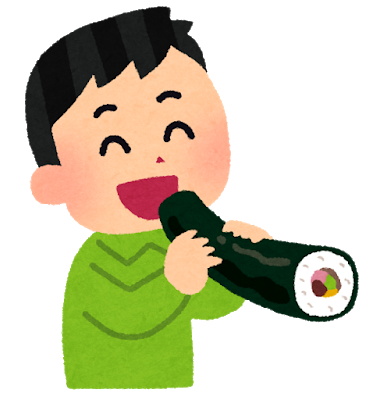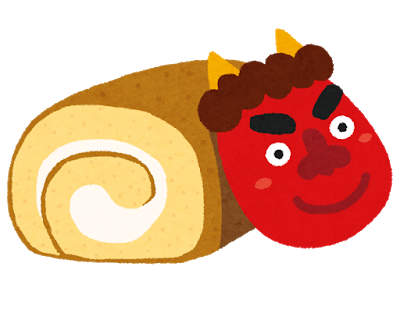節分の日/せつぶんのひ/Setsubun no hi
- momokayamaguchi36
- Feb 3, 2021
- 3 min read
Today’s article is again about Japanese cultural event, 節分 (Setsubun). The word 節分 (Setsubun) ordinally indicates the dividing line of the seasons, as it came from “季節を分ける/きせつをわける/Kisetsu wo wakeru/Dividing the season”. There used to be four 節分 (Setsubun) in each year as there are four seasons. Of all four 節分 (Setsubun), one between winter and spring was the most important day. Because in the old Japanese calendar, it was the Japanese new year. 節分 (Setsubun) was equivalent to the modern-day New year’s eve. In nowadays, the word 節分 (Setsubun) usually indicates the one between winter and spring because people don’t usually celebrate the others anymore. 節分 (Setsubun) is the last day of winter and the day before the beginning of spring. It usually takes place between February 2nd and February 4th.
Since it was believed that 鬼/おに/Oni/evil spirits(demons) would arise at each end of the seasons, the events to get rid of those evil spirits were held to drive them away. The events differ in each region.

As a part of the event to drive away evil spirits, 豆まき/まめまき/Mamemaki/bean throwing events have been held since ancient times, and this can be seen throughout Japan. 豆まき(bean throwing) ceremony dates back to the Heian period (794-1185) when a demon from Mount Kurama was trying to cause mischief in the capital. To drive away from the demons, roasted soybeans are thrown inside and outside the house. Roasted soybeans are called "福豆/ふくまめ/Fukumame/Fuku-mame". 福豆(Fukumame) are offered on the 神棚/かみだな/Kamidana/household Shinto altar so that the power of the gods many reside in the 福豆(Fukumame). Originally, only the head of the family would throw the beans, but nowadays, the whole family throws the beans together to bring good fortune to everyone in the family. Usually, the father wears a demon mask and is made to play the role of a demon and the rest of the family member throw beans at the father. When throwing 福豆(Fukumame), people shout “鬼は外/おにはそと/Oni wa soto/Out the evil” and throw the beans out the window twice. And close the window immediately after so demons can’t come inside the house. Then people throw beans twice inside the house shouting “福は内/ふくはうち/Fuku wa uchi/In the good fortune” to keep good fortunes inside. These shouting lines are usually the same all over the place, but it differs slightly by region. After 豆まき(bean throwing), people pick up the beans and eat as many beans as your age or one more than your age, because there is a tradition that it makes them strong and prevent them from catching a cold.

Other than 豆まき(bean throwing), people eat 恵方巻/えほうまき/Eho maki. 恵方巻(Eho maki) is a custom that started in the Kansai region of Japan, as it is believed to bring good luck when eaten on 節分 (Setsubun). It has now spread nationwide and is sold in supermarkets and convenience stores. 恵方巻(Eho maki) is also called "丸かぶり寿司/まるかぶりすし/Marukaburi sushi," "恵方寿司/えほうすし/Eho sushi," and "吉方巻き/Eho maki (the reading is the same but written with different kanji”. 恵方巻(Eho maki) is eaten on the night of 節分 (Setsubun), facing the direction of the year's good luck, while silently biting into the roll and making your wish. The whole roll is eaten without cutting. This shows not to cut a good bond in the future. Recently, Japanese sweets, cakes, and other confections associated with 恵方巻(Eho maki) have been introduced and being sold from the end of January to the mid-February.
Those 節分 (Setsubun) events are often held at shrines and temples and many of them are unique to that region, so if you are visiting Japan at this time of the year, it would be nice to join them.
Momoka Yamaguchi











Comments